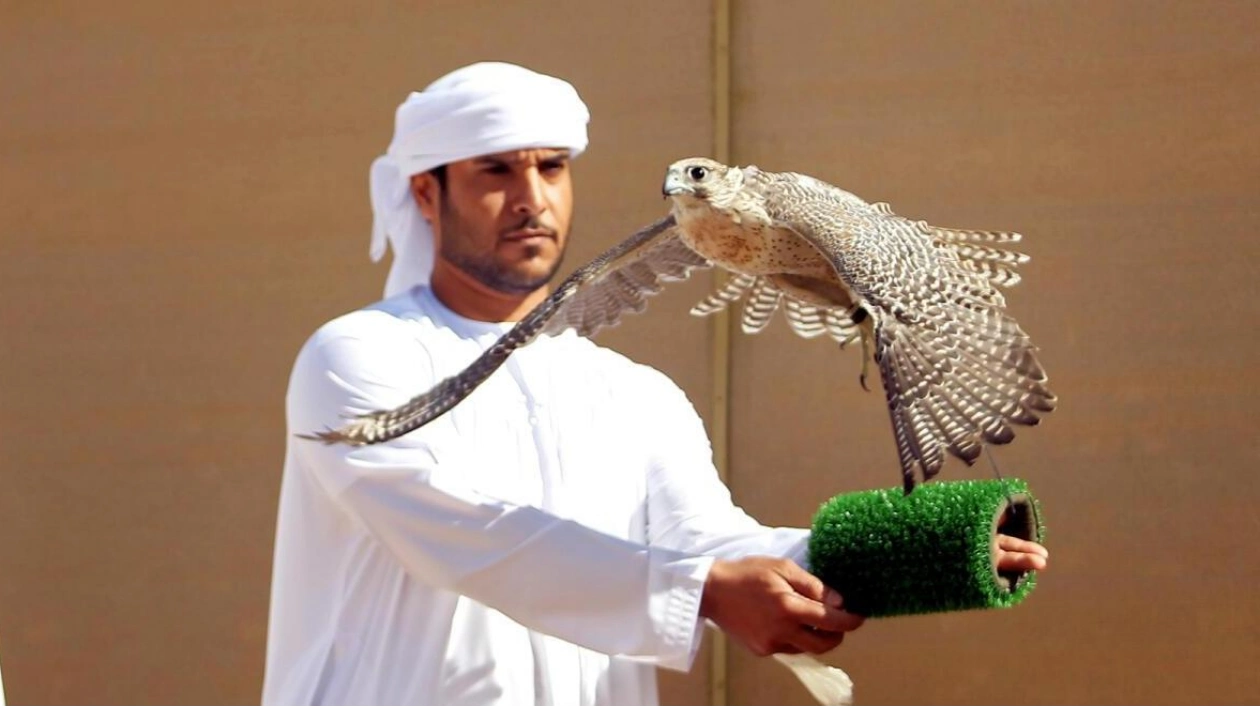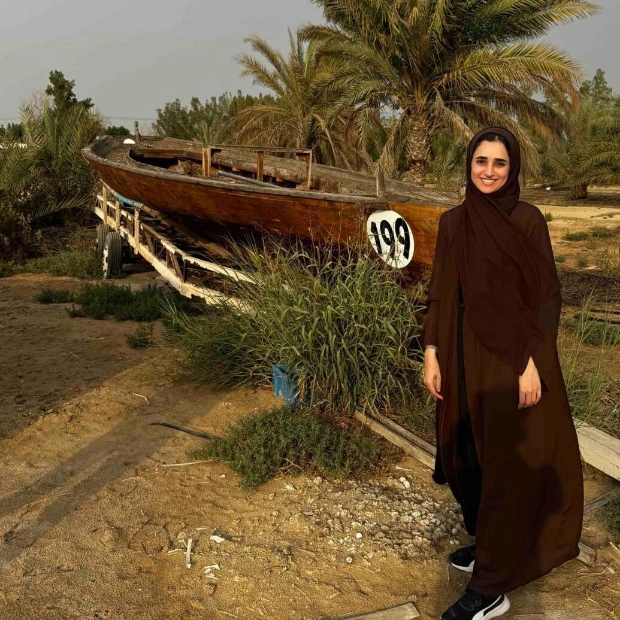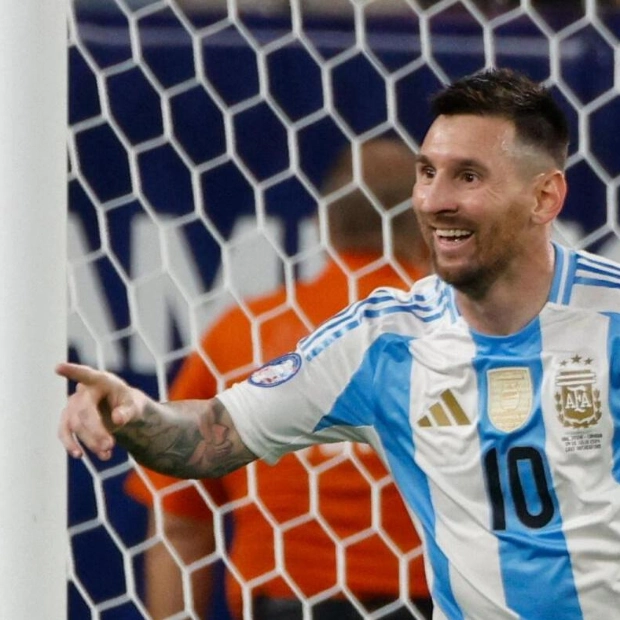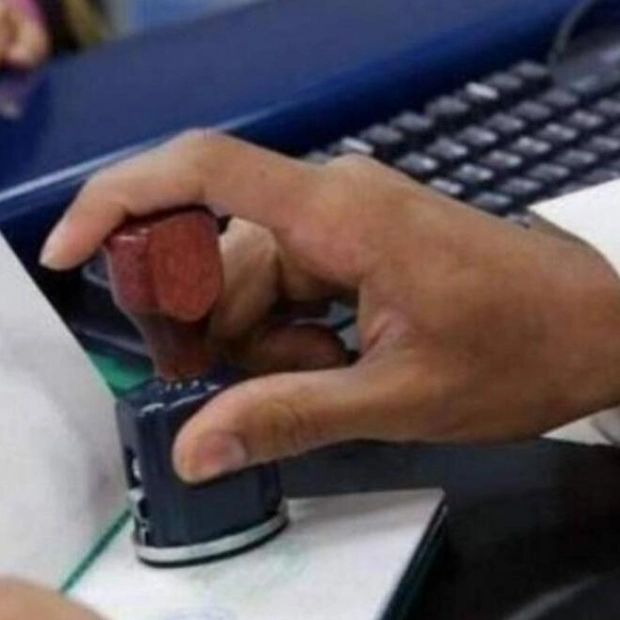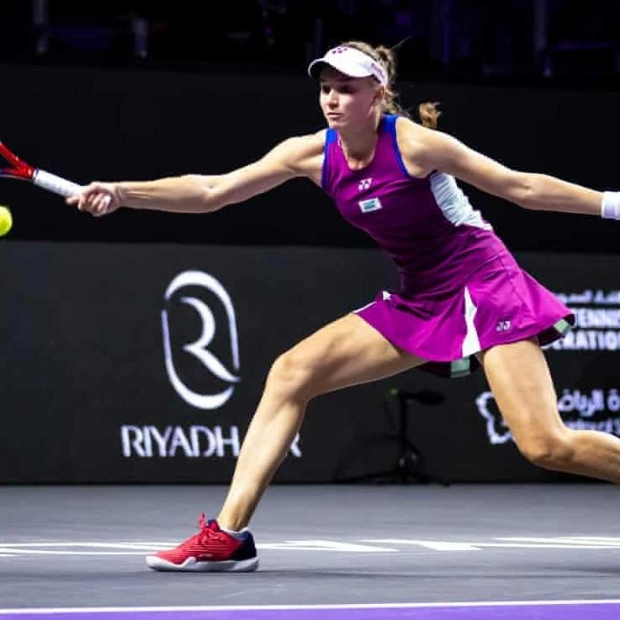In the past, a journalist inquired of the late Sheikh Zayed bin Sultan Al Nahyan whether he indulged in annual hunting excursions for leisure. The founding father of the UAE replied: "Hunting is not restful; it imparts endurance and patience, and there is no luxury or entertainment in it." Falconry, locally known as Al Saqara (hunting in English), has its roots in the Arabian Peninsula and was originally used as a means to hunt for food. During the onset of winter, falcons migrating across the peninsula were captured and domesticated to serve as highly skilled hunters. These birds were once crucial for daily sustenance, with falconers training their birds to aid in feeding their families.
In earlier times, the Sheikh would lead hunting expeditions and capture approximately 30 falcons, retaining the rare specimens and distributing the rest among his group. Rashid Mubarak Saeed Markhan Al Ketbi, the secretary-general of the UAE Falconry Federation, shared insights with Khaleej Times about the Sheikh's hunting trips, emphasizing that these were not merely about the sport but also about fostering friendships among enthusiasts. Al Ketbi also highlighted that falconry was traditionally considered a sport for sheikhs, passed down through generations, but as lifestyles evolved and people migrated to urban areas, interest in falconry waned.
Sheikh Hamdan bin Mohammed bin Rashid Al Maktoum, the Crown Prince of Dubai, introduced falconry racing competitions to revitalize the sport. Nowadays, young Emiratis are increasingly attracted to racing for its excitement, valuable prizes, and competitive nature. In 2010, UNESCO recognized falconry as the UAE's intangible heritage, and various championships, such as those organized by the Hamdan Bin Mohammed Heritage Centre (HHC), have played a pivotal role in promoting falconry across the GCC and beyond. The UAE Falconry Federation was established to globally promote this cultural activity, and a new generation of falconers is now embracing this ancient sport, showcasing their skills in competitions.
Special categories have been created for juniors aged 5 to 14 years old and women who wish to participate in this deeply rooted cultural sport, reflecting the UAE’s rich heritage and its connection to ancestors. Falconry has long been a cherished sport among young people, who are trained by their fathers, and their involvement adds a unique charm to the tournaments. Ahmed Rashid Saeed bin Saroud, 14, participated in previous championships held by the Hamdan Bin Mohammed Heritage Centre when he was just four years old in the junior category, with his falcon securing second place. Other young participants include Emirati falconers Mohammed Al Ketbi, 12, and his brother Eid Al Ketbi, 13, who have competed in falconry races over the years.
Champion falcons command high prices; Al Ketbi mentioned that last year, a falcon was sold for Dh1.1 million. This is unsurprising for those deeply passionate about falconry and competitions, as the drive to win in a beloved sport motivates significant investments. To document the accomplishments of the falcon, each racing falcon is issued a card that records its participation in various races, enhancing the experience for both participants and spectators. Falcon racing includes different categories based on the age groups and breeding of falcons, distinguishing between hybrid and purebred birds. Each falconer possesses several essential tools for their falcons, including the 'marsel', a string used to secure the falcon, and the 'dis', a leather glove to protect the falconer's hand from the falcon's claws. The 'talwah', consisting of three or four wings of the bustard tied together, is used for training falcons, and competitions cannot be held without it. The 'burqa', a head cover for the falcon, is typically made from delicate leather and is used to keep the bird calm.
